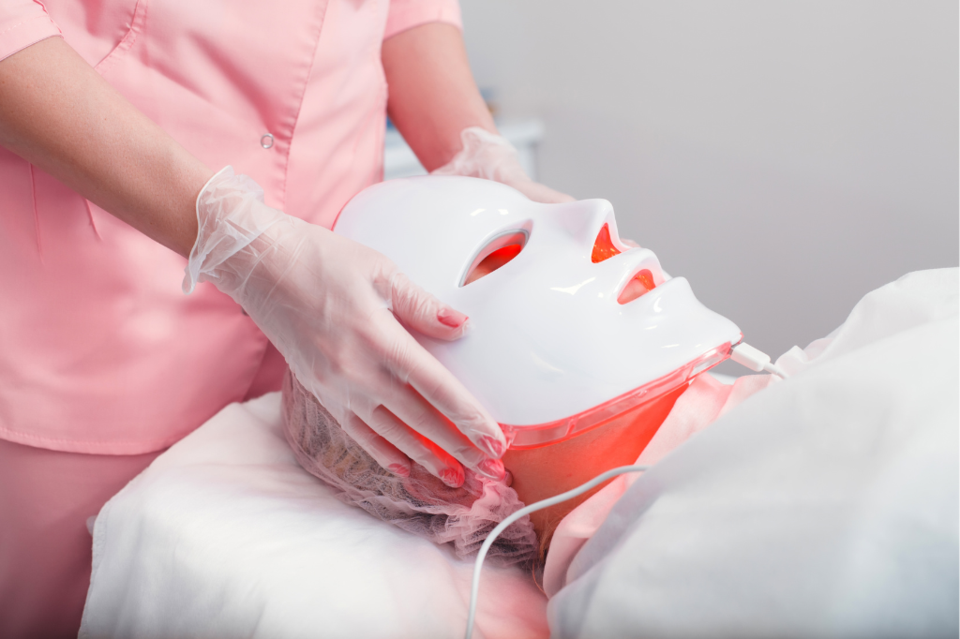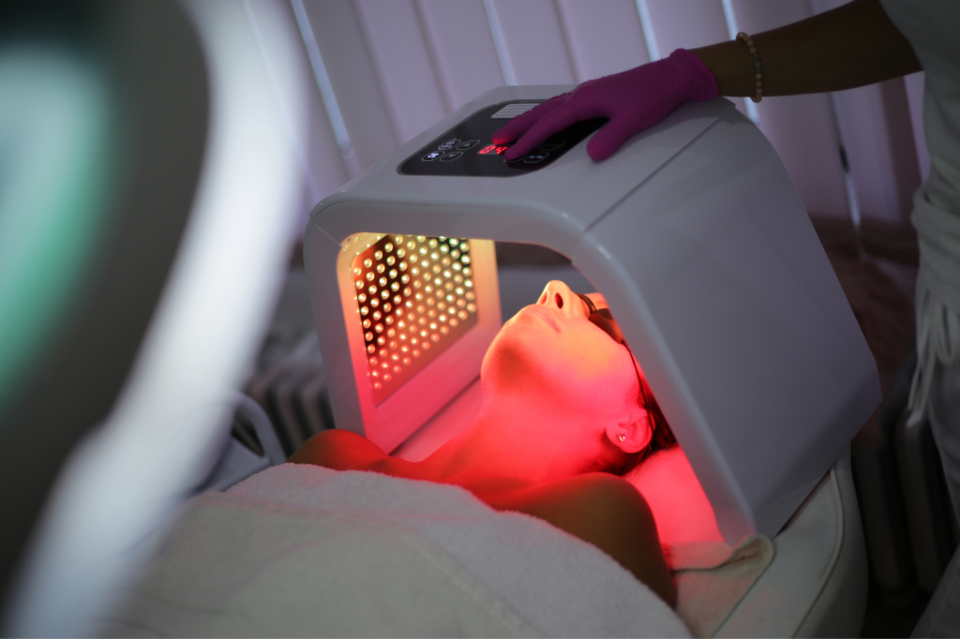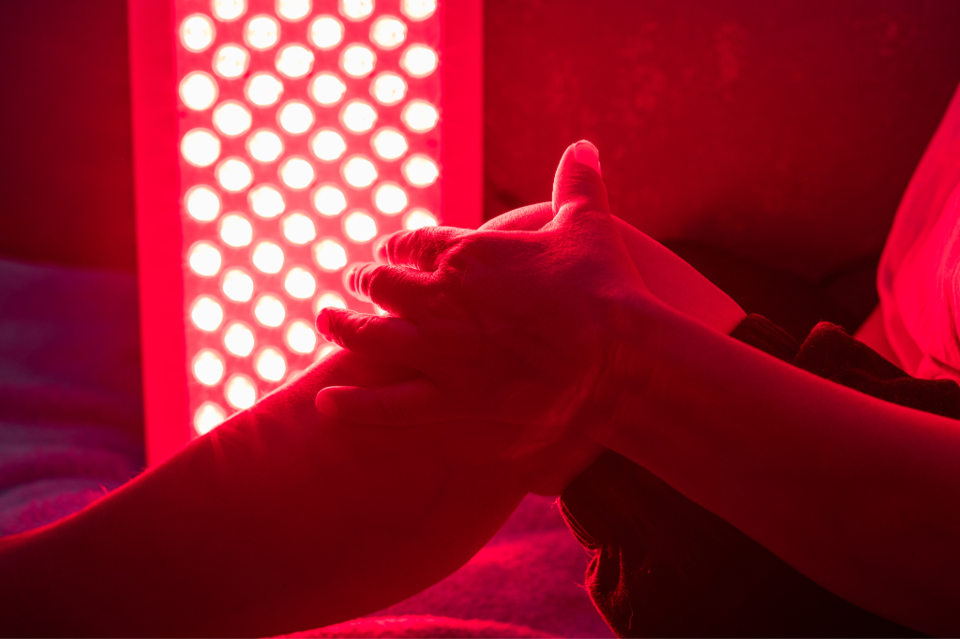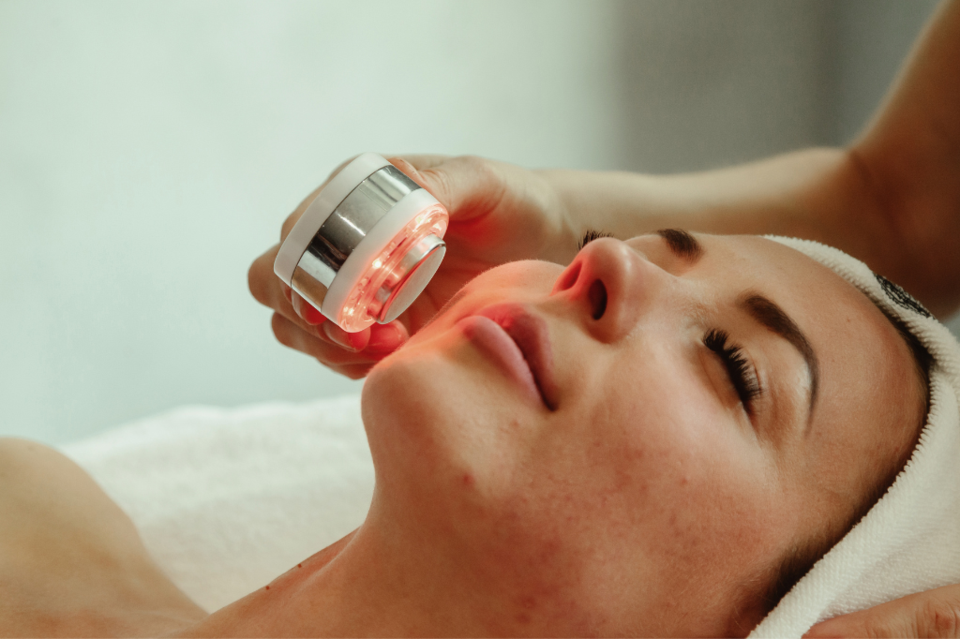If you’ve seen people donning those futuristic red-light masks all over your social media feed and wondered what the heck they’re all about, you’re witnessing the growing popularity of Red Light Therapy (RLT).
With benefits ranging from improved skin health to pain relief, it almost sounds too good to be true. But what is RLT exactly?
RLT involves exposing your body to low levels of red or near-infrared light. It’s painless, non-invasive, and can be done in a spa, clinic, or in the comfort of your home.
Let’s dig into how RLT works, the benefits, potential risks, how to do it, and more.
How Does Red Light Therapy Work?
The magic behind RLT lies in its ability to penetrate your skin and influence cellular activity. Red and near-infrared light wavelengths can reach deep into your skin’s layers, stimulating your cells to produce more energy. This increase in cellular energy can lead to a variety of health benefits.
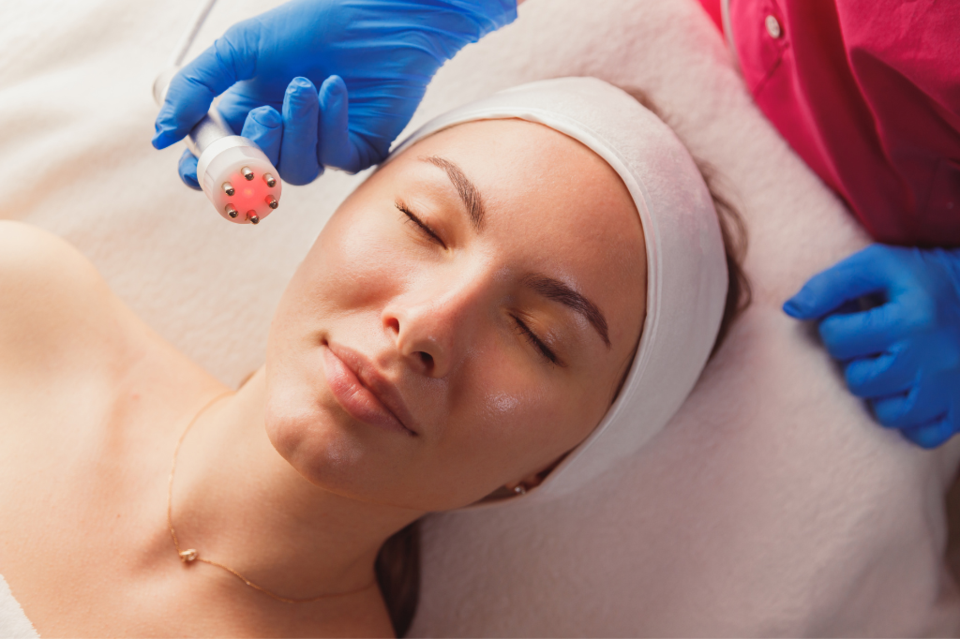
Red Light Therapy Devices
There are several types of RLT devices, each designed for different uses. Here's a quick rundown:
Red Light Therapy Mask: These masks are designed to fit comfortably over your face and/or neck targeting skin concerns like acne, wrinkles and discolouration. They are perfect for a relaxing at-home facial treatment with positive cosmetic benefits.
Red Light Therapy Bed: Similar to a tanning bed, this device allows for full-body exposure to red light. It’s ideal for those looking to improve overall skin tone and texture or alleviate body-wide pain.
Red Light Therapy Panel: These are versatile and can be used on various body parts. They’re great for targeting specific areas, like the back or legs, for pain relief or skin improvement.
Red Light Therapy Wand: Portable and easy to use, these wands are perfect for spot treatments. They are often used for smaller areas, such as around the eyes or on minor skin blemishes.
LED vs. Red Light Therapy
You might be wondering how LED (Light Emitting Diode) therapy compares to Red Light Therapy. While both use light to treat the skin, there are some key differences:
Light Source: RLT specifically uses red or near-infrared light, while LED therapy can involve various wavelengths, including blue, red, and green light, each targeting different skin issues.
Penetration Depth: Red light in RLT penetrates deeper into the skin, reaching layers that can stimulate cellular repair and regeneration. In contrast, LED therapy often targets more superficial skin concerns, such as rosacea, eczema and psoriasis.
Treatment Focus: LED therapy is commonly used for treating surface-level skin issues like acne and pigmentation. RLT, with its deeper penetration, is more effective for issues like pain relief, inflammation reduction, and promoting healing.
What Are the Benefits of Red Light Therapy?
Research on the benefits of RLT is ongoing, but there is promising evidence for several health and beauty concerns.
Red Light Therapy for Dementia: In several small studies, RLT has shown benefits for people with dementia. In one study, participants who received light therapy on their heads and through their noses for 12 weeks showed improved memory, better sleep, and less frequent anger outbursts. It’s important to note that these studies were small and lacked controls, so more research is needed.
Red Light Therapy for Pain: RLT may be useful for relieving pain, especially pain due to inflammation. A review of 11 studies found mostly positive results, though more research is needed. In one small study, people with temporomandibular dysfunction (TMD) experienced less pain and tenderness after RLT.
Red Light Therapy for Arthritis: While RLT may provide short-term relief for pain and morning stiffness in rheumatoid arthritis patients, it doesn’t appear to be very effective for osteoarthritis.
Red Light Therapy for Tendinopathy: This condition causes pain and loss of function in tendons. A review of 17 clinical trials found that RLT can help relieve pain and improve function, though the evidence is of low-to-moderate quality.
Red Light Therapy for Hair Loss: Several studies have shown that RLT can be effective in treating androgenic alopecia, a genetic condition that causes hair loss. It can also improve hair thickness and growth.
Red Light Therapy for Skin: RLT may smooth skin and reduce wrinkles by stimulating collagen production, which improves skin elasticity. It can also help with signs of sun damage.
Red Light Therapy for Acne: RLT can be effective for acne treatment due to its anti-inflammatory properties. It may also help treat old acne scars.
Red Light Therapy for Weight Loss: Some providers use RLT for body contouring or body sculpting. It may temporarily reduce body circumference in treated areas, but research is still inconclusive as to whether it’s real fat loss.
Potential Red Light Therapy Risks
While RLT is generally considered safe, it’s not without risks. Overuse can lead to burns or eye damage. Pregnant women should avoid RLT, as its effects on pregnancy are not well studied and anyone with skin cancer should also steer clear. Unsure? It’s best to always consult your healthcare provider before starting any type of RLT.
Where Can You Get Red Light Therapy?
RLT is available in many places, including spas, clinics, and even at home with the right equipment.
Red Light Therapy at Home
Many at-home RLT devices are available, from masks and wands to panels and beds. These can be a convenient and cost-effective way to incorporate RLT into your routine. Just be sure to follow the instructions and avoid overuse.
Bottom Line
Red Light Therapy shows promise for various health and beauty benefits, from pain relief to improved skin and hair health. However, more research is needed to fully understand its effectiveness and safety. Be sure to always consult a healthcare professional before starting any new treatment.
About the Author
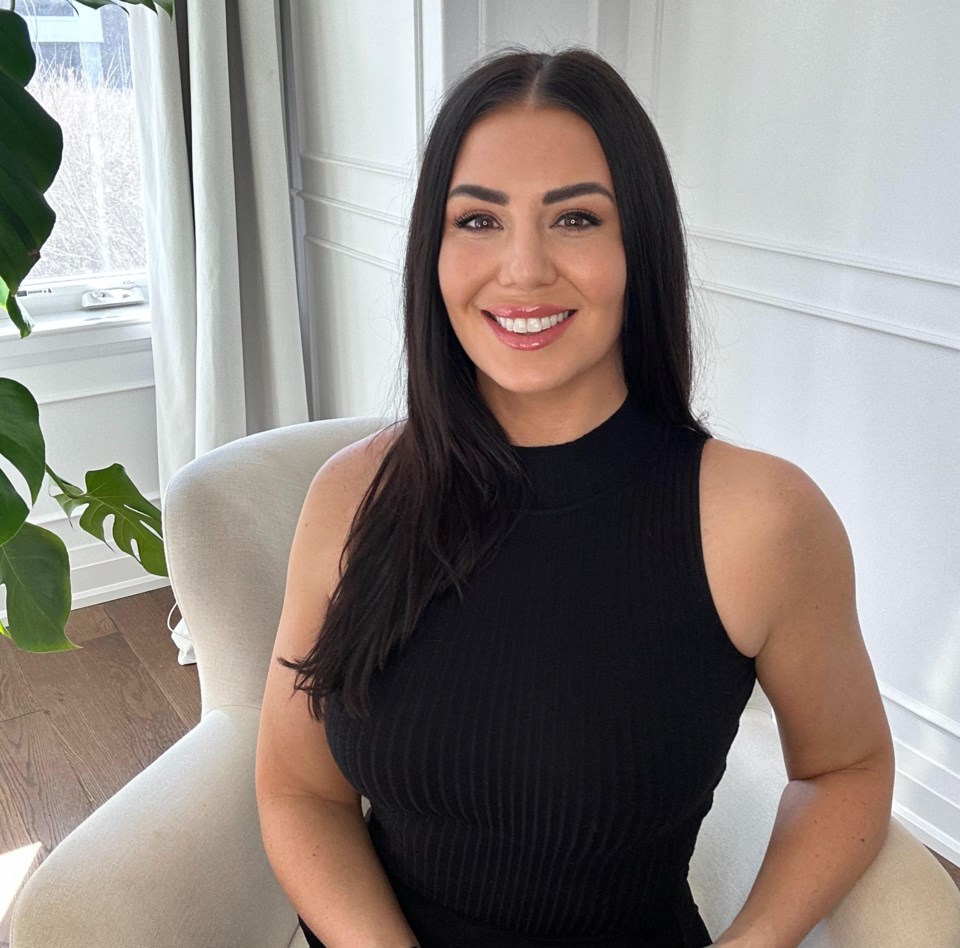
Alicia is a journalist and editor in digital and print media specializing in health, nutrition, fitness, and wellness. She was previously the Editorial Director of Clean Eating and Vegetarian Times. Her work has also appeared in Hone Health The Edge, Yoga Journal, Women’s Running, and Oxygen, among others. In addition to being a content creator, she's an ISSA-certified nutritionist, certified personal trainer, and fitness studio owner in Toronto. Alicia loves spreading the word about helpful, science-backed health information, and she can be contacted via her website at aliciamtyler.com.

